Fall In Love With The Traditional Indian Sweets That Captured The Spirits Of Indian Five Star Wedding Functions.
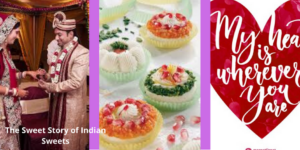
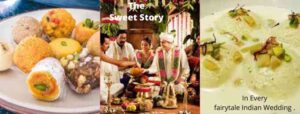
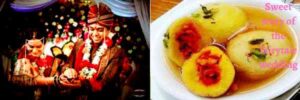
A sweet story of the Indian Sweets
Traditional Indian sweets. Famous as ” Mithais” or ” Misty” dates back to almost 500 BC when we learnt the use the refined sugar in our cuisine culture. The primary ingredients used in our traditional Indian sweets recipes are loads of milk and milk by-products, condensed milk sugar, butter, ghee, fruit, dry fruits and nuts. On top of it, an incredible smell of ghee and the final mouthwatering presentation are the ones what makes the Indian sweets so different, making the connoisseurs and sweet lovers to keep coming back for more and more.
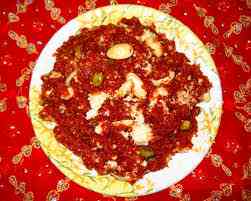
The craze for our rich tradition of sweets even was prevalent during the days of Ramayana and Mahabharatha. Jalebi was one of the favourite desserts of Lord Rama, and Lord Krishna was equally fond of the laddus. Since time immemorial, the traditional Indian sweets have become part of our daily lives, culture and a rich tradition in our society. Refer Wikipedia for more details on Indian Sweets
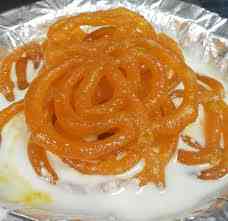
Traditional Indian Sweets – A Part of Every Five Star Wedding
Weddings in our society have become too high a social event today. People are spending a fortune for the fairytale five-star weddings, and the trend is catching up even in our upper-middle-class segments also. An Indian wedding is incomplete without serving a multi-cuisine finger-licking sumptuous food spread alongside a spread of traditional Indian dessert delicacies. Wedding guests not only enjoy the royal treats, but the host also receives a WOW compliment in all wedding function.
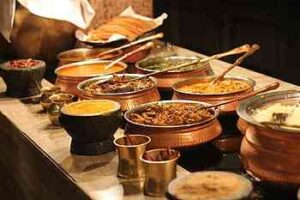
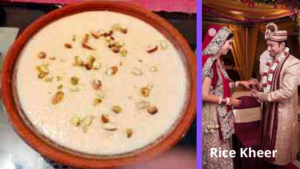
Professional event managers and the wedding planners have already arrived into this niche and helping to organize the fairytale five-star wedding with sumptuous dinner menu comprising of the perfect Indian sweets spread.
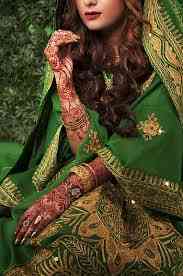
And The Tradition Goes on
A typical five-star wedding has the best of the frills for the guests. It always becomes a razzmatazz affair that includes the best of floral décor, ambience, settings, entertainment and lip-smacking Khanna ( a lavish buffet spread). Professional wedding planners work out a mix spread that includes non -vegetarian and vegetarian delicacies, including snacks, starters, beverages and the choicest Indian sweets having live station serving you hot Jalebis with Banarasi Rabris and Malpuas. And our timeless sweet tradition goes on to add a touch of the warmth and hospitality in every wedding function.
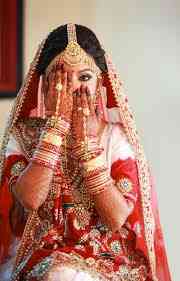
Indian Wedding – A Lifetime Lifestyle Event for all
Wedding is a lifetime event in Indian society. The hosts(usually the bride side) make sure that all the guests are fed well instead overfed and pampered with the choicest foods and Indian desserts, a standard social yardstick for a wedding ceremony in our society.
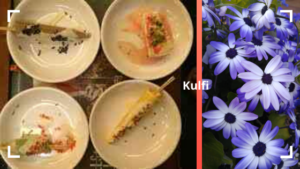
The sumptuous five-star food buffet, including the choicest Indian sweets display and their services, are something, making the guests always cherish them in fond remembrances. The friends and the families ( attending the functions ) not only eloquently speak about it during the event but also recall the party experience for the years to come.
Indian Sweets – A chef’s preferred choices
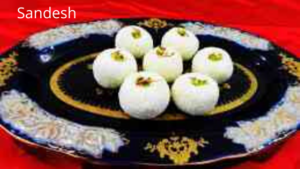
When it comes to the choicest Indian desserts, India is indeed a continent in itself. Each region in the country offers a variety of choices, and a lot of them have pan Indian acceptance. We snooped on the net and had a few sessions with a few five-star chefs to find more about the chefs preferred choice.
There are twelve of them which have the all-time popularity ratings and pan India acceptance, presented below for the review of our readers.
RASOGOLLAS
![]()
An iconic dessert, originated from the state of Bengal with pan India popularity, ” Bangla Rasogolla’s “ are the dumplings of Cottage cheese and semolina, and cooked in Light sugar syrup and immersed in it for a long before you serve them to the guest.
The good part of “ Rasogolla” -it is free from oil and ghee but requires to be consumed within three days of the preparation as it is a pure dairy product.
They are made from the pure cow milk and milk curds ( called chenna), which later are separated by curdling boiling milk with citric acid from lemon juice and then used for making a dough with a few more ingredients. This dough is then made into golf-sized balls and boiled in sugar syrup until plump and juicy. These spongy soft round balls are entirely immersed in sugar syrup. One can never refuse to eat Rasgulla when offered.
SANDESH
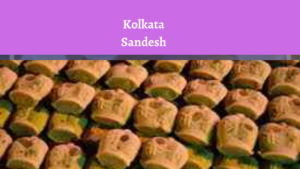
“Sandesh” is another Indian dessert delicacy which has its roots from Bengal. Like most of the other Bengalee sweets, Sandesh is made with Chenna and Sugar in their basic form. A versatile chef may use flavourings, garnishes & other ingredients like fruits, pulps and giving it more visually appealing with nuts, saffron, silver foils & rose petals as garnishes.
There are varieties of Sandesh available in different flavours’ such as icecream Sandesh, Mango Sandesh, brown colour Kodapak (made with jaggery ).
MOTICHUR KI LADOO
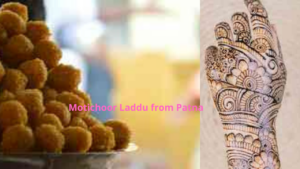
Motichur Ki Ladoo from the state of Bihar has attended a legendary status amongst the traditional Indian desserts with pan India popularity. The sweet round ball having a bright orange tone are made from grilled gram flour flakes (boondis) which are sweetened in sugar syrups, mixed with dried fruits, pressed into balls and fried in ghee.
This sweet delicacy has an alluring presence with a fresh flavour of pure ghee and is a must in every Hindu wedding functions and a matter of delight to the event.
MYSORE PAK
Mysore Pak is a royal sweet from the state of Mysore ( now Karnataka). The chef of Mysore palace during the regime of his highness Krishna Raja Wadiyar IV invented this special sweet delicacy.
Mysore Pak is prepared from cooking out chickpea flour with a lot of ghee and sugar. The final product is yellowish in the colour of pure richness and flavoured with spice essences such as cardamom, honey, rose and always close to the heart of every sweet lover.
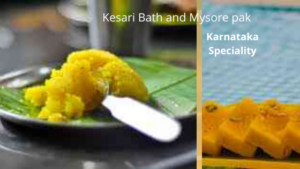
KESRI BHATH
Kesari Bhath is a sweet south Indian dessert, orange in colour and a very popular sweet which had its origin from the state of Karnataka. The classic ingredients used by the chef for its preparation are semolina, sugar, ghee, water, and milk and has a quick mouth-melting property.
It acquires a vibrant orange colour due to the sprinkling of kesar / saffron and flavoured by cardamom powder during the cooking process, thus setting it apart from the other similar dishes. Pineapple Kesari Bhath is the hot favourite sweet dish in most of the south Indian wedding functions.
RAS MALAI
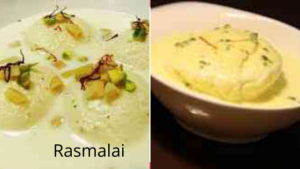
Rasmalai is a distant cousin of “ Rasgulla” with fantastic taste and a must for the sweets spread in all the five-star wedding functions. The dough balls of chenna are formed and boiled in cream with sugar, saffron and nuts and soaked in that cream, thus making rasmalai is a softer, more vibrant variety of rasgulla. Ras Malai’s can be best enjoyed when served chilled
PAYASAM
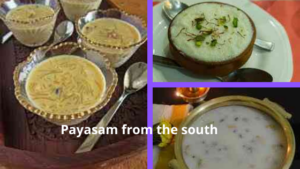
Payasam is a dessert drink, having its origin from the southern part of India and served after the main course in the wedding functions. A traditional south Indian sweet pudding, the chef, prepares payasam by using milk, grains, lentils along with any suitable sweetener either sugar or jaggery.
There are several types of payasam like rice payasam, Semenya payasam, aval payasam, moong dal payasam, and wheat Rava payasam. An authentic south Indian sweets recipe with a great taste, Payasayam is a must for all the south Indian wedding ceremony. The use of whole milk with processed sugar makes the pudding incredibly delicious with a yummy flavour, a taste similar to condensed milk.
PHIRNI
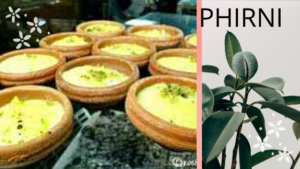
Phirni, ( also famous as Firni.), is mouthwatering dessert and a very popular sweet from North India and preferred sweet dish in all the Muslim community wedding function. It is a classic creamy sweet pudding prepared with powdered ground rice, milk, almonds, saffron, raisins and cardamom and sweetened with sugar. The primary ingredient of this dish is boiled rice & broken wheat, loads of milk and sugar that served chilled in earthen pots.
SHRIKHAND
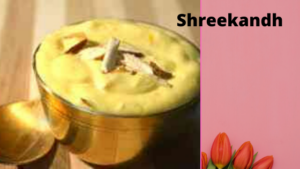
Eating shrikhand is always a pleasure for anyone who loves Indian sweets – and even the ones without a sweet tooth. Shrikhand is a sweetened hung yoghurt (or popularly called as sweetened curd). It is usually flavoured with saffron, rose-water, cardamom powder or with pureed mangoes, topped with pistachios and almonds, thus adding a little crunch and a must sweet dish for the wedding function in Maharashtra and Gujrat.
GAJAR KA HALWA
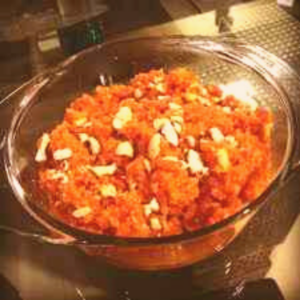
The arrival of October month brings in much activity in Indian society. The major Hindu festivals ( Navratra, Durgapuja, Dussehra, Diwali ) and the associated cultural events are part and parcel of the seasons. After a spell of silence, the Hindu wedding calendar also opens up with the auspicious dates for the marriage. The season also marks the arrivals fresh colourful vegetables in the supermarkets including fresh carrots –the bright red queen of the vegetables.
Indian chefs have invented “ Gajar Ka Halwa”, made with carrots, a long back. Because of its popularity amongst the connoisseurs, It always finds its place in five-star wedding celebration during the winter months. The delicious halwa of gajar with grated milk/khoya and sugar has its charisma and can’t be beaten by other Indian desserts.
It’s prepared with grated carrots, whole milk, dried fruit, and nuts, and it has a delicious light fudgy texture. Traditionally served hot at most of the Indian wedding functions and a delight to every sweet lover gracing the occasion.
GULAB JAMUN
Gulab jamuns are another Indian sweet that is prepared by using khoya and has a pan India popularity. Hot Gulab Jamun and cool Kulfi or Vanilla icecreams are a typical hot and cold combination in five-star catering and a preferred choice in every wedding dinners.
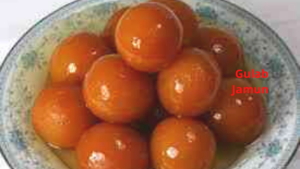
Gulab jamuns are one of those sweets that rank on top of the list of favourite Indian sweets all over. Chefs typically dip the prepared gulab jamuns in sugar syrup until they are ready to be consumed by the guests. You can enjoy it both hot or cold, depending on how you like it.
JALEBI WITH BANARASI RABRI
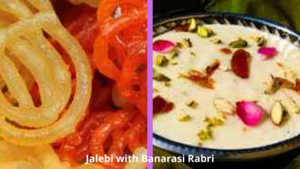
In every five-star wedding dinner, a live station serving Banarasi rabri’s with hot Jalebis is a common sight, and the sweet lover makes a beeline for this alluring combination.
A chef prepares Jalebi with Maida( white flour). The flour paste slowly dropped into a pan filled with hot oil and a floral design element in shape is created, later dipped into a concentrated sugar syrup, The boiling oil giving it a crunchy exterior and sweet inside texture which offers a fantastic taste.
The pilgrimage city Banaras is equally famous for it’s “ Banarasi Rabri”. Where big kadhai filled with evaporated pure milk continuously boiled on low heat with ingredients like condensed milk, sugar, keasar and cashews, till the time, it reaches an off-white/yellowish in colour. Depending upon the occasion, it can be served both hot or after cooling down.
From “ Mooh Meetha” to “ Swagatham” – Indian sweets capturing the spirits of Indian weddings
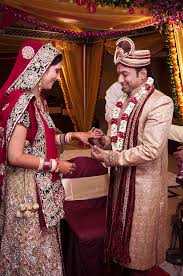
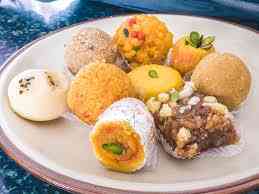
Since generations, we have deep bonding ( including today’s Smartphone generation) with the traditional Indian sweets. Our age-old fascination for Indian desserts is similar to the story of a fairytale as most of us are born with a sweet tooth. Even the ” zero size gym goers ” do not mind to break away from their regular practice of ” No No sweets “, when they attend the wedding celebrations. From ” Sagai” to “ Swagatham/ welcome “ of the new bride and subsequent gala receptions, the tradition of ” Mooh Meetha ” is continuing and a big fat five-star weddings are never complete without the lavish spread of traditional Indian sweet varieties and the live stations serving you yummy fresh, delicious delicacies.
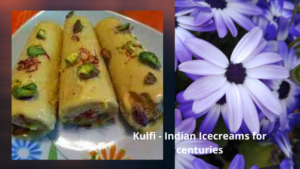
Images used in this post have been sourced from free images site( Pixabay, royalty-free buffet free images) and the ones available in the public domain ( Wikipedia, Commons Wikimedia ) Due attributions/ image source have been presented wherever it is relevant. Images have been added only to make the reading more exciting. The publisher does not claim any ownership of any of these images at all.
Please read another interesting blog post on Tourism
Enjoyed reading various types of sweets..?
Thanks, Madhumita.
Regards
Utpal
Very nice…impressed !
Only one suggestion…I found it a bit too long . BODY COPY could be lessened .
Good luck, keep up the good work .
Malhotra
Thanks, Jasbir.
Enjoyed reading Utpal Da….
Thanks Prakash
Excellent description of traditional sweets and cuisine.
Thank You Mr Nagarjuna.
Excellent !!
Enjoyed reading. ?
Good luck ?
Thanks Madhuchanda.
Thanks for the compliments
Regards
Utpal